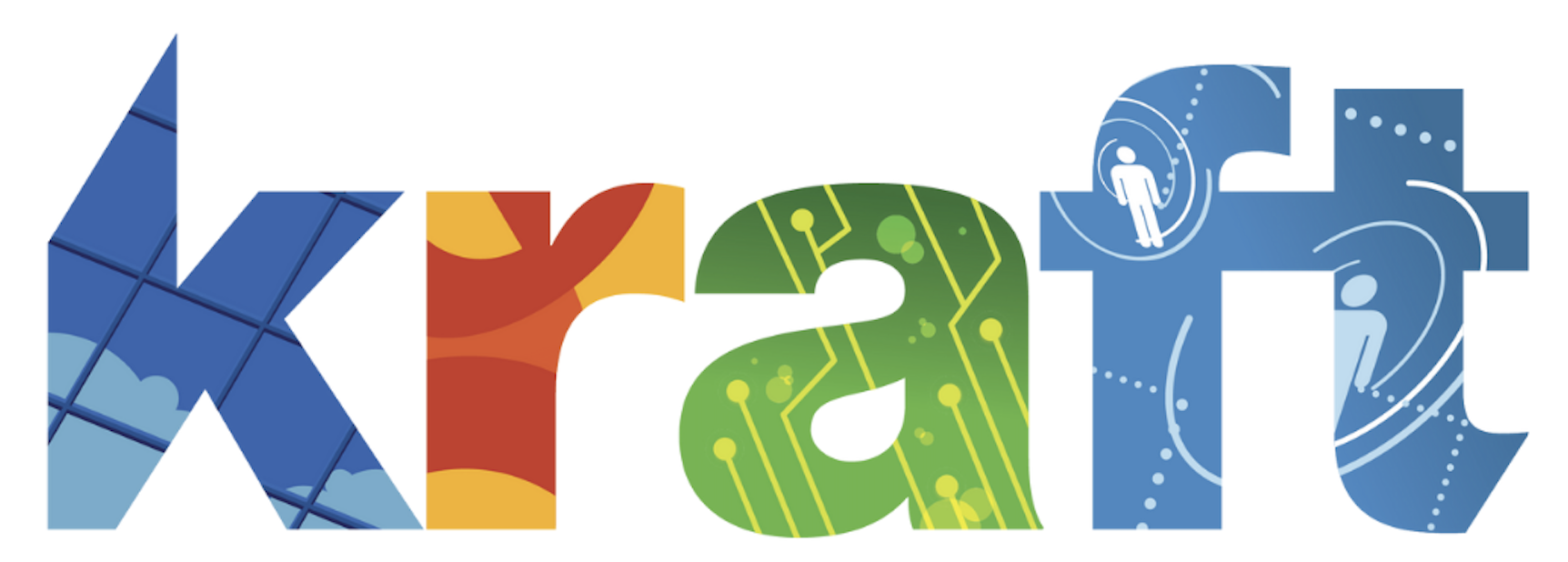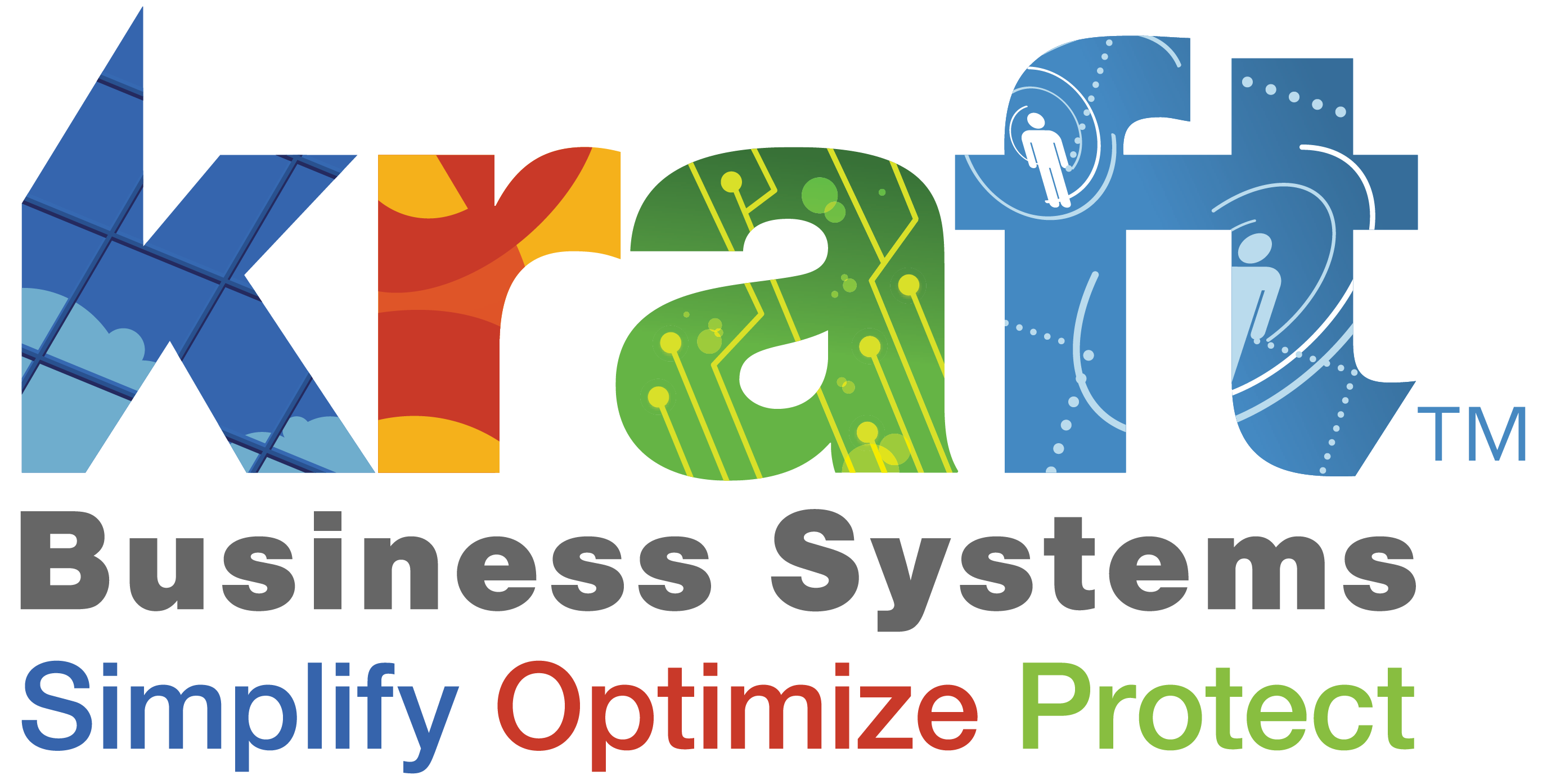Transitioning to a paperless office involves adopting digital solutions to reduce reliance on paper in the workplace. Many leaders opt for this shift to cut costs or boost employee efficiency. If you’re in an executive or managerial position, leading this change can be impactful.
In this guide, we’ll define what a implementing paperless hardware/software solutions in office in more details, multiple reasons for going paperless, and offer steps to help your workplace embrace this transformation.
What is a paperless office?
A paperless office, also referred to as a paper-free office, is a workplace that minimizes or eliminates paper usage in its business operations. This transition involves converting documents into digital formats to reduce paper consumption. Additionally, paperless practices like digital communication, electronic signatures, and digital record-keeping systems contribute to sustaining this reduced paper usage.

To achieve a paperless office, organizations typically implement document management systems to handle digital documents effectively. This includes digitizing physical documents and storing them electronically, thus eliminating the need for traditional file cabinets. Furthermore, a robust management system is essential to streamline workflows and manage digital documents efficiently.
Transitioning to a paperless office often necessitates access to electronic infrastructure such as high-speed internet and individual computers for employees. It’s crucial to choose digital solutions that align with the capabilities of the workforce to ensure a seamless transition and ongoing success in maintaining a paperless environment.
Benefits of Paperless Office
Simplifying information sharing
Streamlining information sharing becomes effortless when you digitize paperwork. Whether you’re sending a digital contract to a client or sharing an annotated PDF with a colleague, digital information exchange is quicker compared to paper-based methods.
Employers should offer training during the transition to a paperless office to ensure smooth internal and external communication, leveraging management software to automate processes and empower human resources with digital tools.
Increase the Efficiency of Your Office
Managing stacks and cabinets full of paper decreases the efficiency of a business. With digital software and hardware solutions, your employees and managers will be more efficient at doing their jobs.
People will not have to wait for someone else to finish with an important file because multiple points of access allow several employees to see the same files simultaneously. If your business is growing, you’ll want your software solutions to be able to expand with you and accommodate your changing needs for information security and access.
Save Money on Supplies
Paper, ink, toner, copy machine, and printer costs can add up quickly for many businesses, and according to a study by the Gartner Group, 90 percent of businesses don’t know how much they spend on printing every year. By switching to a hardware/software solution to use less paper or even go paper-free, your office could save a significant amount of money. Less paper also means you will need fewer file cabinets, folders, or storage bins.
Eventually, businesses will also have to pay for the shredding, recycling, or disposal of unneeded papers. By using digital solutions to reduce your paper usage, your organization can avoid those additional fees.
Protecting private information
Protecting sensitive information is paramount, and transitioning to digital files offers a robust solution. Employing encryption, authentication, or other data security practices based on your company’s requirements safeguards private data effectively. Digitizing information not only saves time but also enhances security, contributing to the benefits of a paperless office.

Implementing these measures can reassure clients of their privacy protection and strengthen trust in your organization’s commitment to data security. Transitioning to a paperless office creates a secure environment for sensitive information and establishes your company as a leader in digital privacy practices.
Manage Time More Productively
When information is stored via software, employees will have an easier time finding files and documents. Instead of rummaging through multiple file cabinets or piles of papers, they can turn to the digital solution, enter their search terms or file name, and quickly pull up what they need.
You even have the option to set up editing and read-only options for documents. This ensures that multiple people are able to access certain documents, but only those with permission can edit them. Files can be accessed from anywhere at any time, allowing employees to work remotely when needed.
Helping the environment
Transitioning to a paperless office not only streamlines operations but also has a positive impact on the environment. By reducing or eliminating paper usage, companies can significantly decrease waste production and conserve natural resources. Digitizing office processes is a sustainable practice that contributes to environmental conservation by minimizing paper consumption and waste generation.
Types of paperless solutions
Transitioning to a paperless office offers numerous benefits and a variety of electronic tools can facilitate this shift. Here are some paperless solutions and their advantages:
- PDFs:PDFs are editable digital documents that enable collaboration and streamline sharing without physical copies. This reduces reliance on paper and enhances productivity by allowing easy revisions and annotations.
- E-forms: Electronic forms, akin to PDFs, allow for digital signatures, simplifying processes like contract signing. This eliminates the need for printing, scanning, and mailing physical documents, saving time and resources.
- Databases: Utilizing secure electronic databases for file storage enhances document management, ensuring easy access, organization, and retrieval of digital files. This boosts efficiency and reduces the risk of losing or misplacing paper-based documents.
- Email or instant messaging: Shifting communication to electronic platforms like email or instant messaging reduces reliance on print correspondence. This accelerates business processes, promotes real-time collaboration, and minimizes paper waste.
- Automation: Implementing automation in business processes reduces manual tasks associated with handling physical documents. Digital workflows and automated systems streamline operations, leading to increased productivity and cost savings.
Transitioning to a paperless system involves adopting document management software and establishing new processes for creating, storing, and sharing digital files. This transformation eliminates the need for physical documents, reduces reliance on printers, and promotes a paper-free office environment.
The benefits of going paperless include enhanced productivity, streamlined business processes, reduced use of paper, improved document management through digital repositories, and the implementation of new, efficient workflows for a paper-free office.
Key Takeaways for Implementing Paperless Solutions in the Office
In conclusion, implementing a paperless hardware/software solution offers numerous benefits that extend beyond organizational efficiency. By transitioning to digital workflows, businesses can reduce paper waste, conserve natural resources, streamline operations, enhance collaboration, improve document security, and contribute to environmental sustainability.
Embracing paperless solutions not only brings about immediate cost savings and productivity gains but also aligns with modern trends towards eco-friendly practices, making it a valuable investment for any forward-thinking organization.






